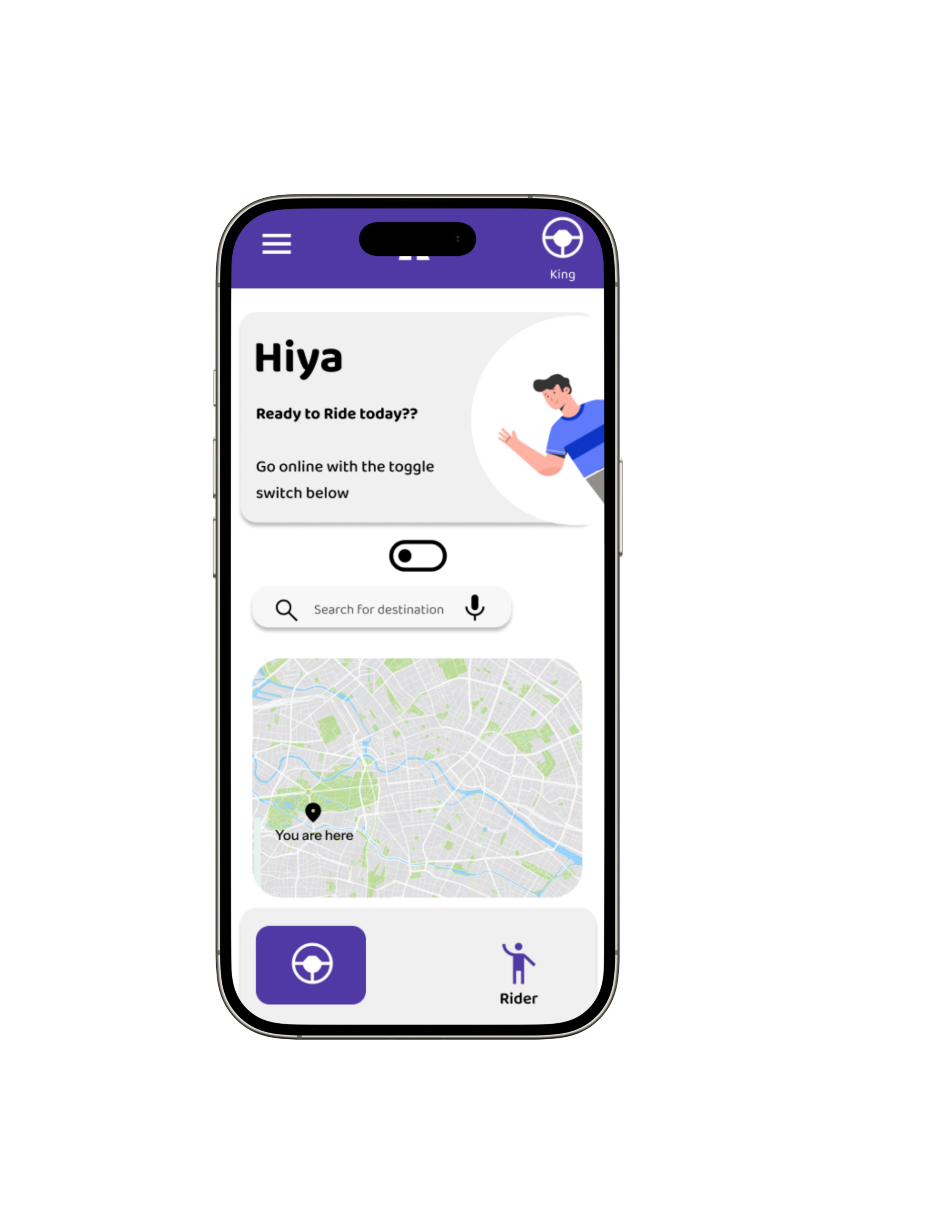THE PRODUCT
Ride Along is a mobile application designed to facilitate a peer-to-peer ride-sharing experience for daily commuters. It enables users to offer rides to passengers who are going in the same direction, thereby optimizing vehicle usage, reducing traffic congestion, and lowering transportation costs. This case study explores the app's development, features, user experience, and impact on the community.
Date: October, 2024
Role: Lead UX Designer
Design tools: Figma, Freepik, Canva
My Research
After conducting primary or first person research to recognize some of the pain points long distance daily commuters face, some important common themes were discovered which led to useful insights. These insights are listed below;
Cost
Commuting can be expensive, with costs related to fuel, public transport fares, vehicle maintenance, and potential tolls. Over time, these expenses can add up significantly.
Social Isolation
Long hours spent commuting can limit opportunities for social interaction and community involvement, leading to feelings of isolation.
The Environment
Increased commuting often results in greater carbon emissions, contributing to environmental degradation and climate change.
Personas
Meet Vigo
He is a 35 year old husband and father of 2 based in Marietta, Georgia. His is project manager for a bottling company. He Travels from Marietta to Atlanta daily for work (approx. 20 miles each way), Leaving home at 7:00 AM and returns by 6:30 PM.
Vigo uses his own car but is open to ride sharing to make extra money to cover his commuting cost and to afford a nice vacation with his family.
“I love my current job and I’m not currently looking to share my time equally with another job. However I would like to make extra money while commuting to my job so I can afford a memorable vacation for my two kids to Disney world next year.”
Meet Salma
She is a 22 year old recent college graduate based in Marietta, Georgia. She works for a Non Profit Organization focused on Climate Conservation. She Travels approx. 22 miles each way to work everyday.
Although Salma has a vehicle, she wants to lead by example and contribute to climate change by driving less.
“Besides choosing not to drive to work in order to reduce carbon emissions and contribute to climate conservation, I also suffer from anxiety as a result of long isolation, I would love to ride with someone in the car with me .”
Early Wireframes
User Flow
Mockups
I conducted 2 rounds of moderated usability testing with 5 diverse participants in a qualitative format. These tests aimed to identify common themes regarding the userflow, information architecture and overall usability of the app. An Affinity Map was created after analyzing results from all 5 participants.
Affinity Map
Display
Navigation/User flow
General opinion
Hi - Fi Prototype
The final hi-fi prototype incorporated most of the insights from the Usability studies to produce a seamless navigation for the app.
Key takeaways
Impact
The Ride Along app changed how people view ride share services . Although this design is not aiming to replace existing ride share services, it provides additional options for people in complex situations such as commuting. The app provides not just financial advantage but also mental and social inhibitations.
What I learned
It is absolutely important to consider one’s own biases when designing because It is literally the only way to create a product which includes everyone.
Next steps
One
Continuously Iterate design to stay up to date on design trends.
Two
Conduct more tests/ usability studies to ensure all users needs and expectations are met.





















